Nov 29, 2024
Nanotechnology: A potential cure for incurable diseases
Posted by Dan Breeden in categories: biotech/medical, nanotechnology, neuroscience
Nanotechnology is poised to transform neurological disorder treatments by overcoming the blood-brain barrier, enabling effective medication delivery for conditions like dementia and Alzheimer’s. This innovative approach also shows promise in dermatology and cancer treatment, enhancing drug absorption and targeting, while minimizing side effects. Experts at AIIMS highlighted ongoing research and potential breakthroughs expected in the next few years.


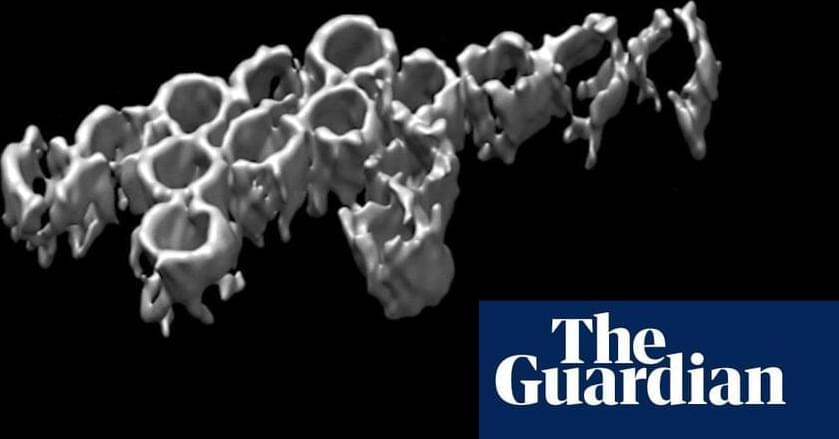
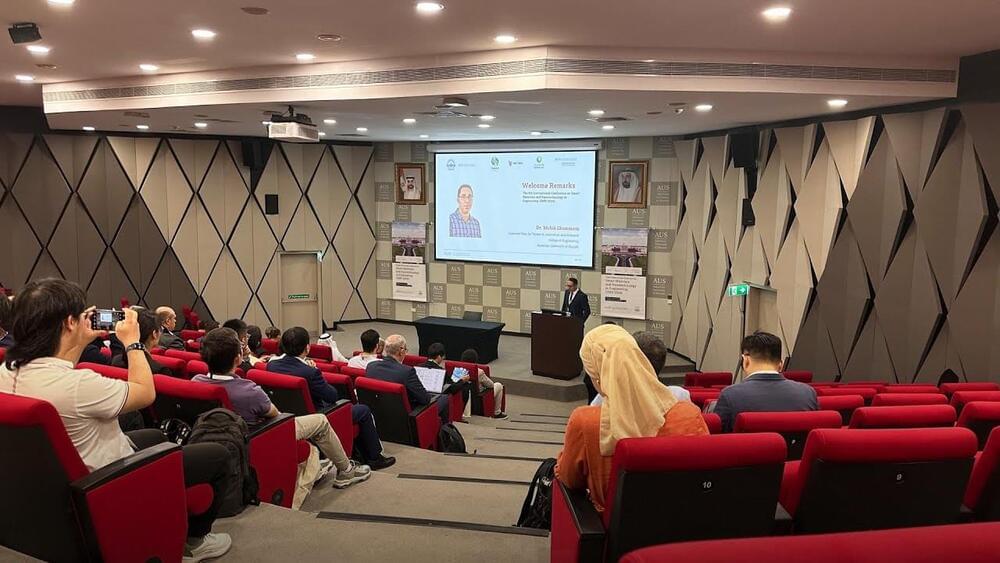
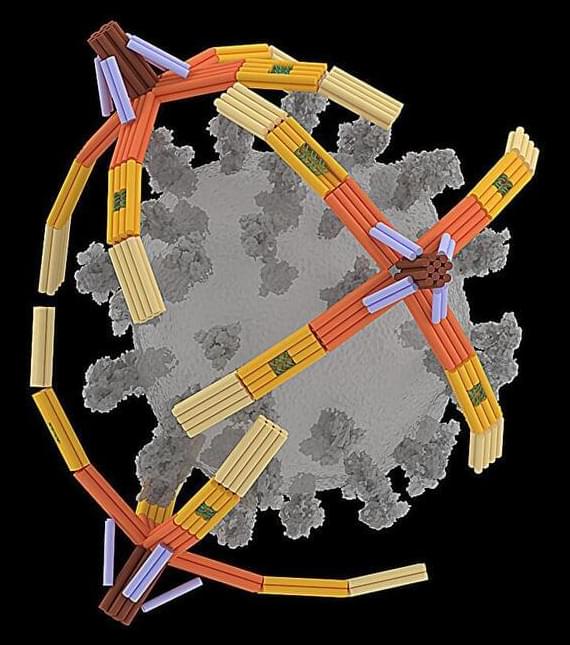


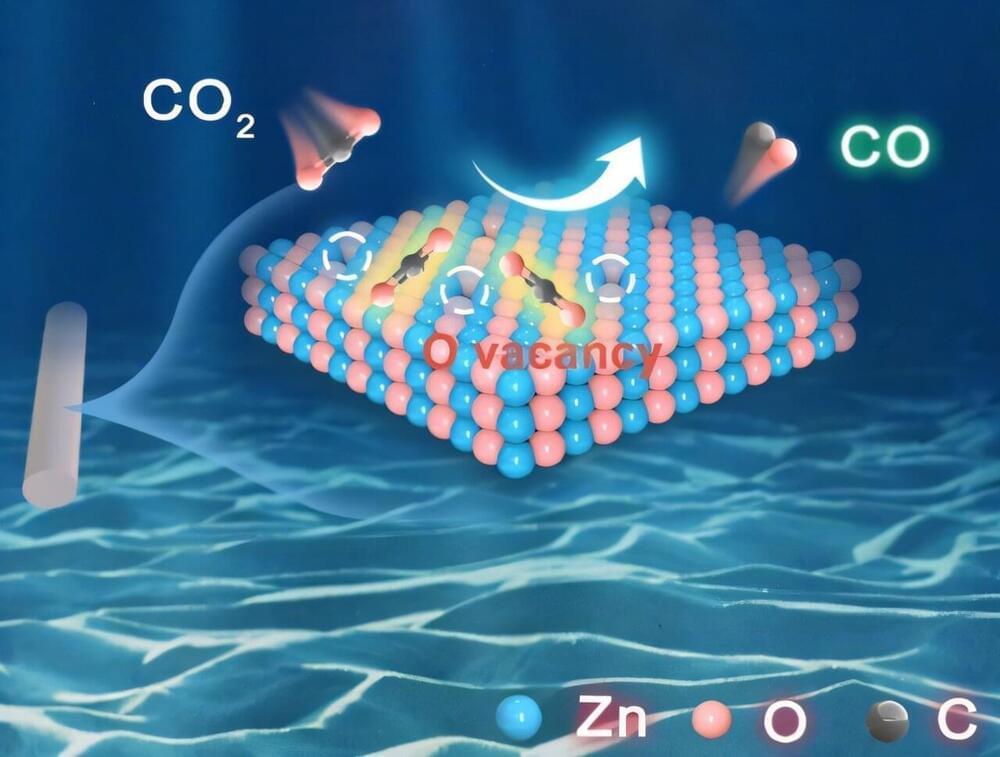
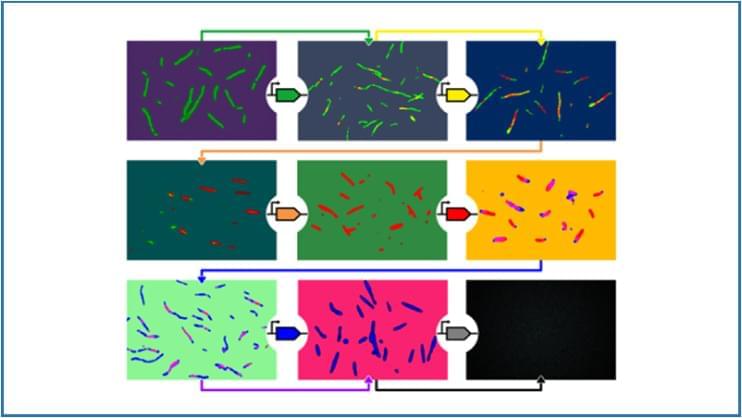
 Neuroscience aficionados may enjoy my preprint that compares leading imaging technologies for whole-brain mammalian connectomics, now with major updates/improvements: Link: arxiv.org/abs/2405.
Neuroscience aficionados may enjoy my preprint that compares leading imaging technologies for whole-brain mammalian connectomics, now with major updates/improvements: Link: arxiv.org/abs/2405.







